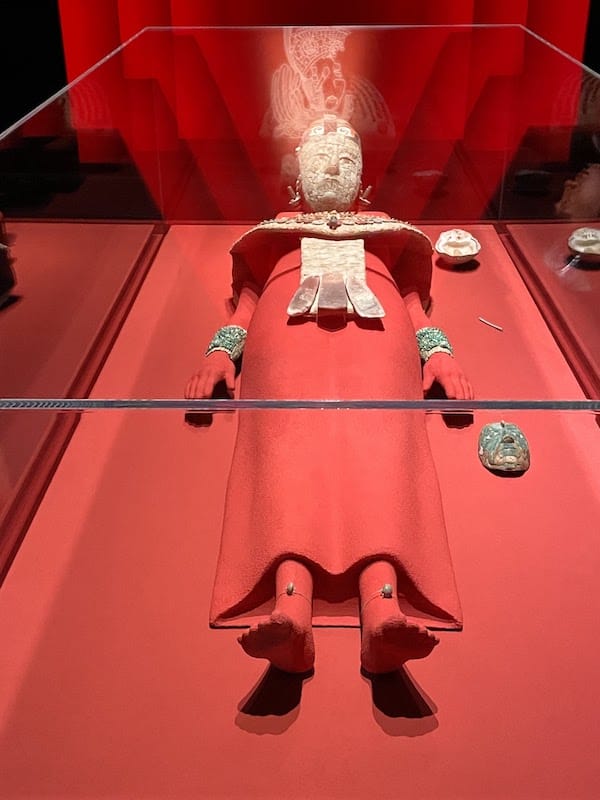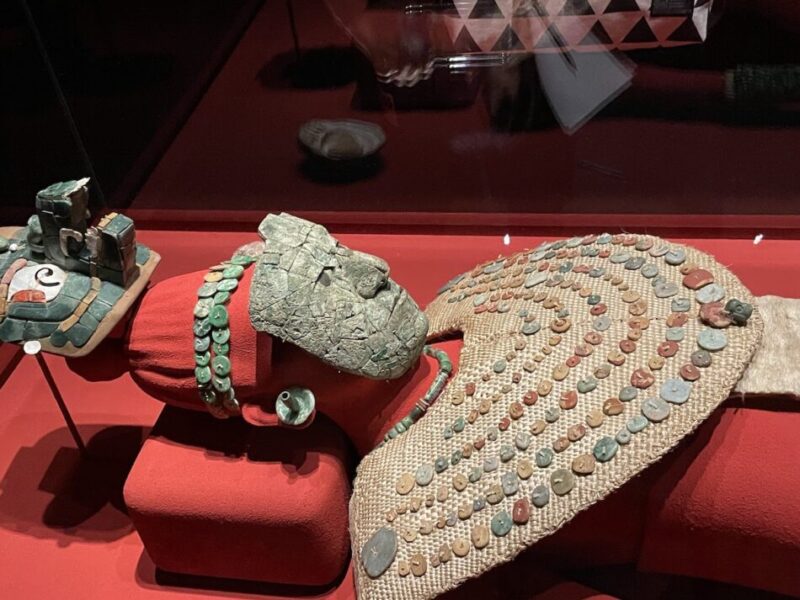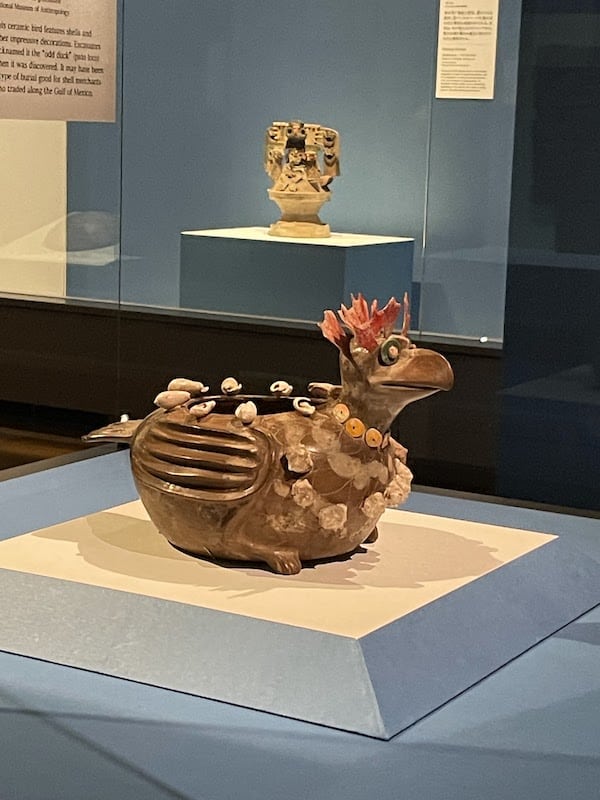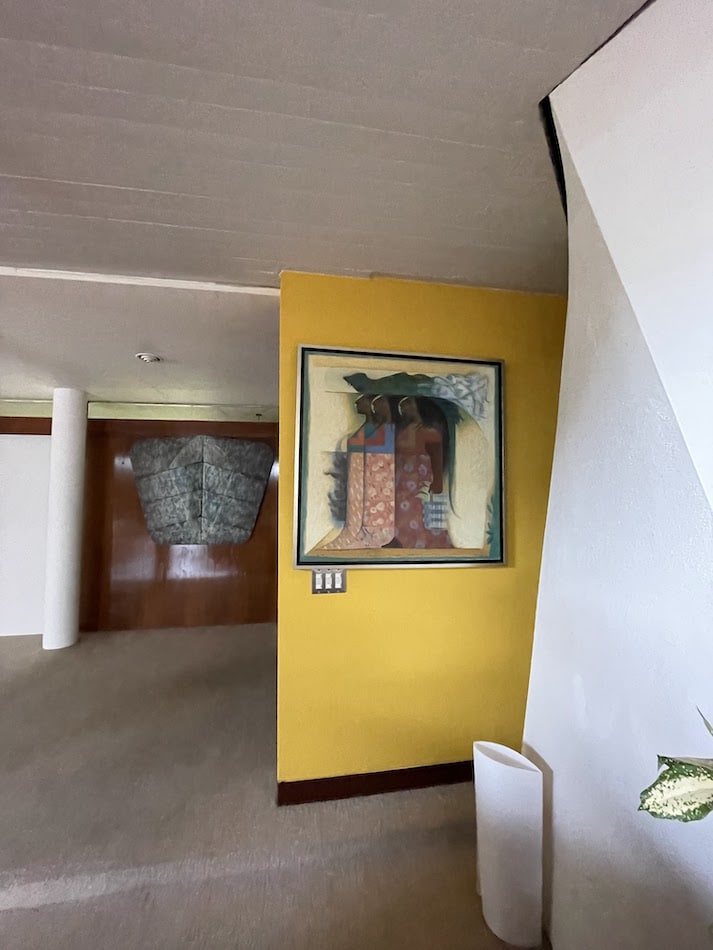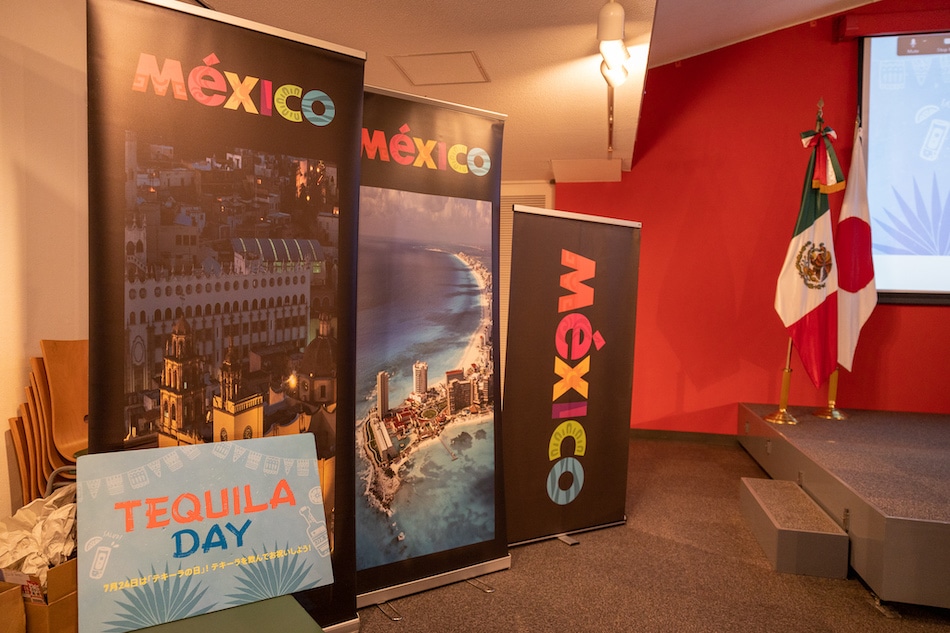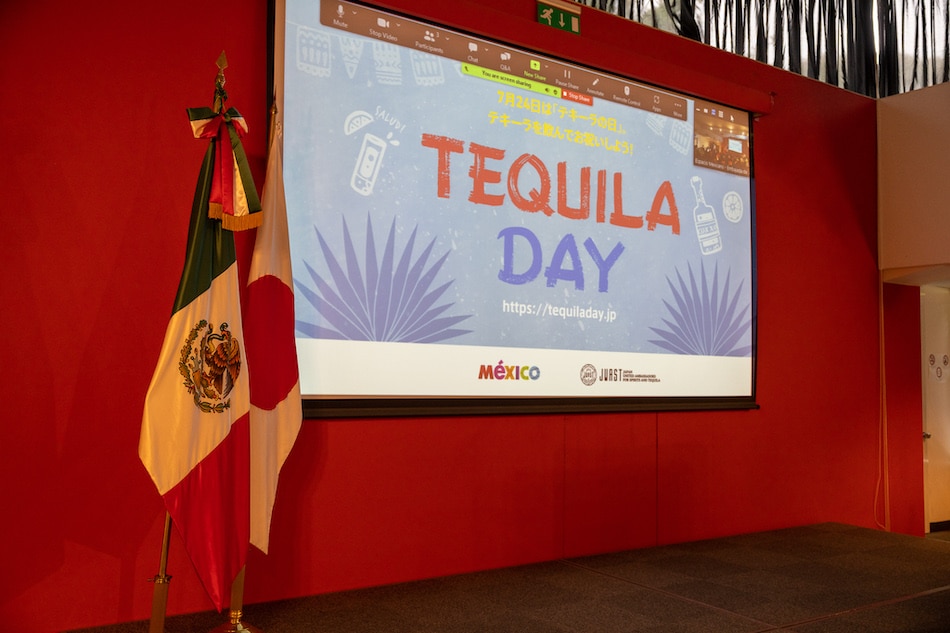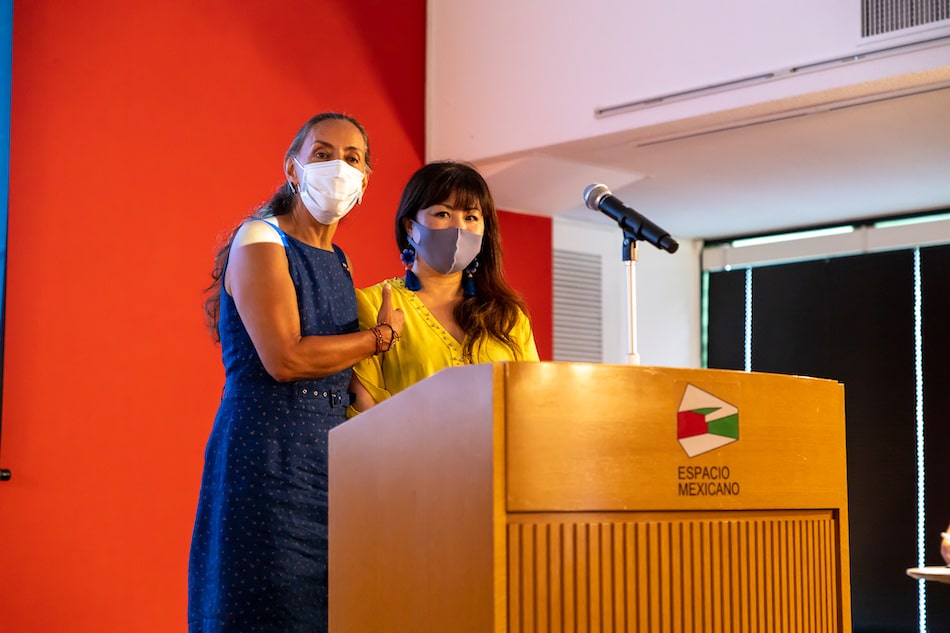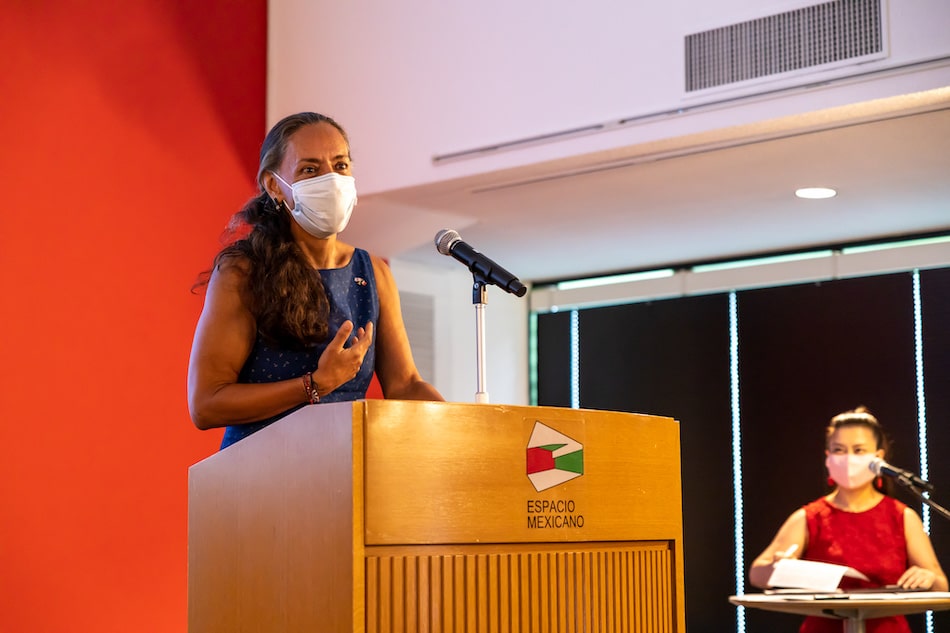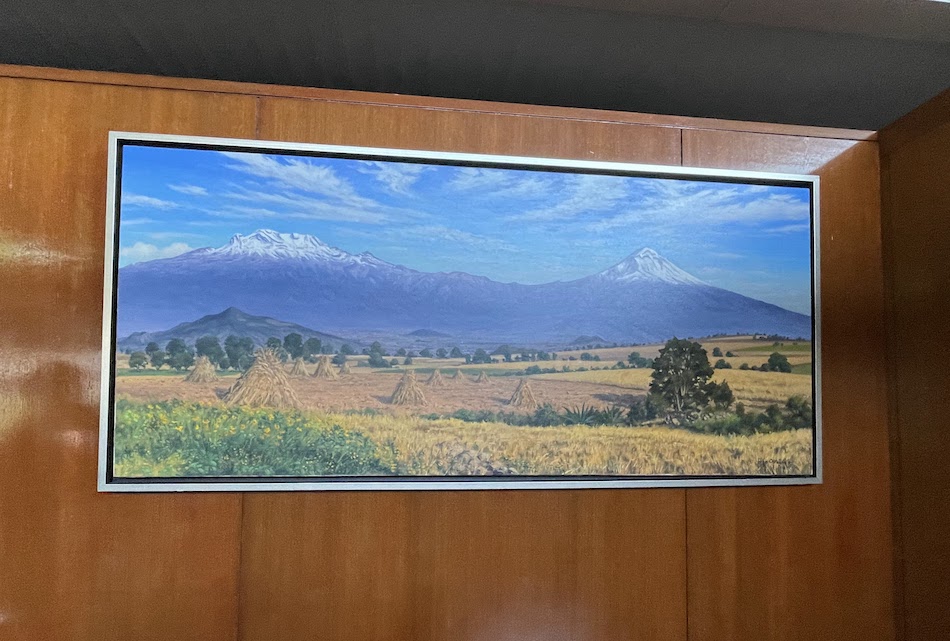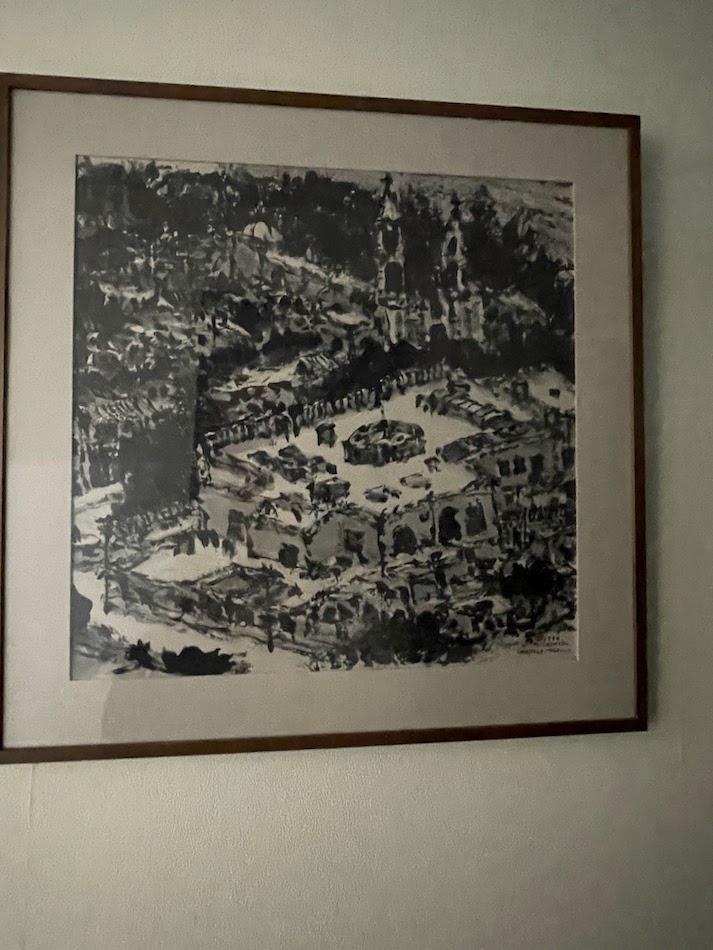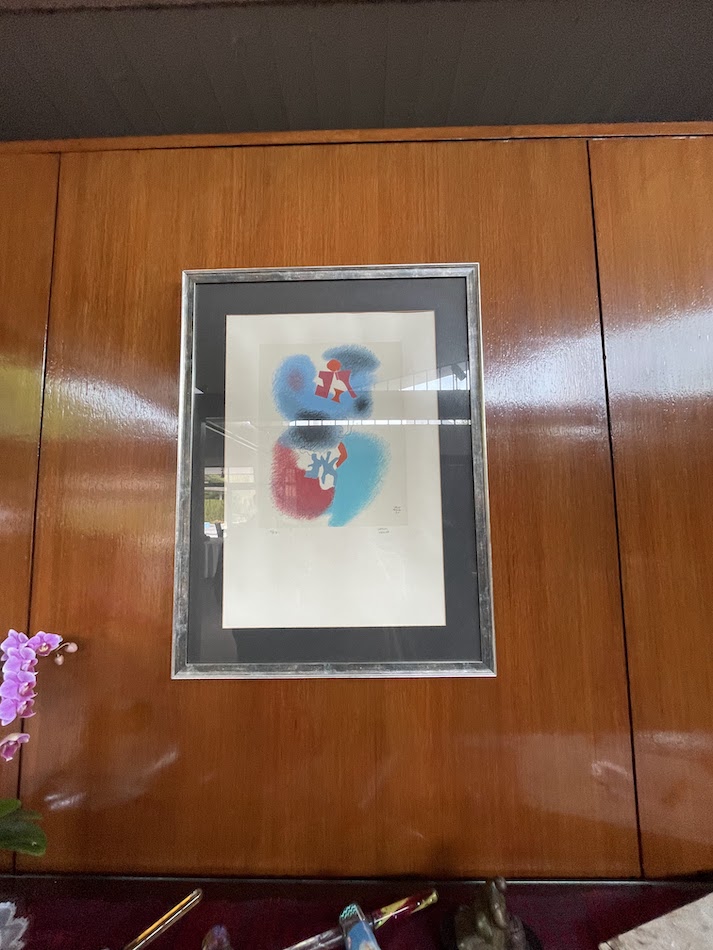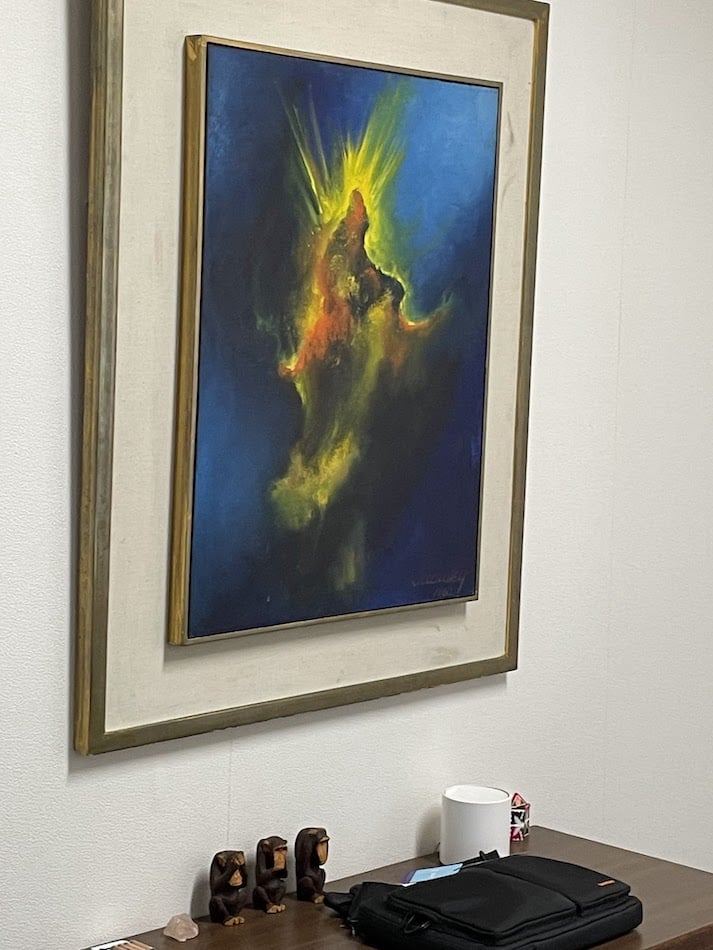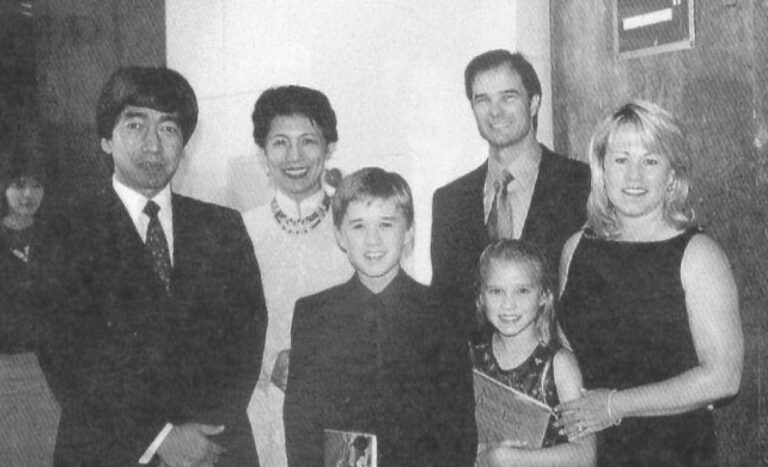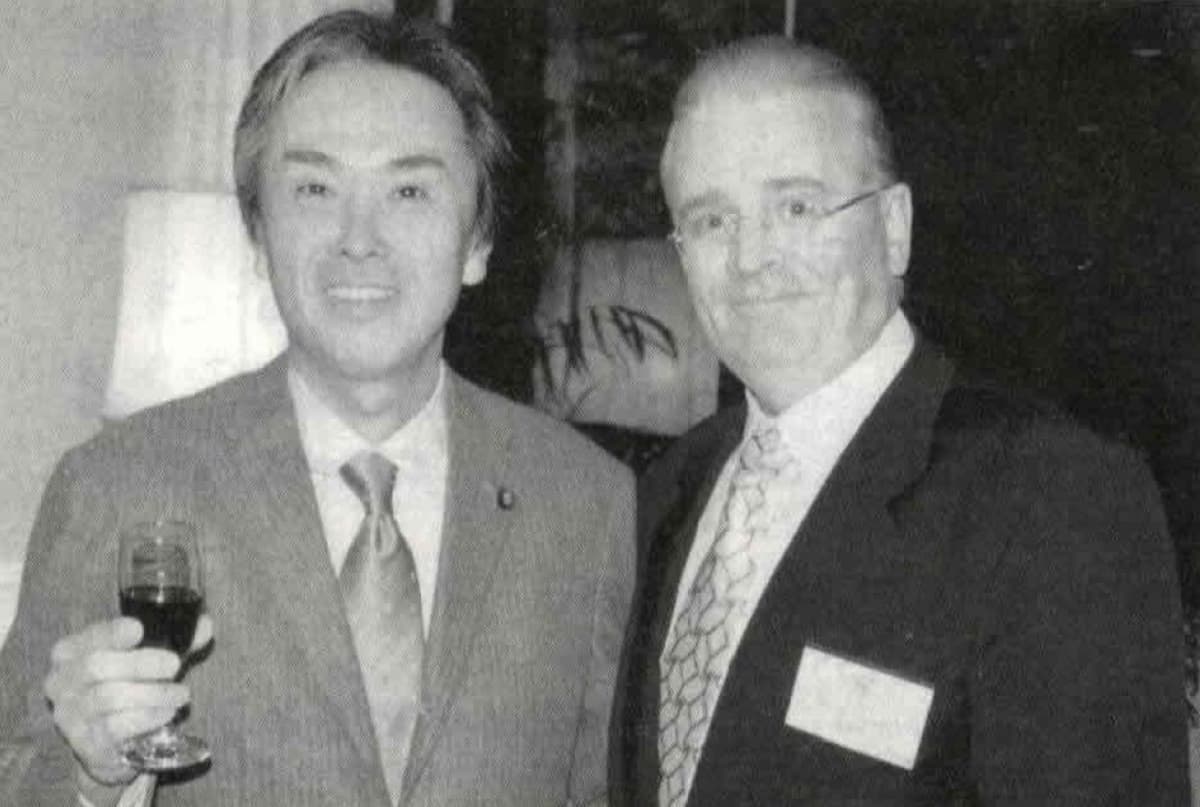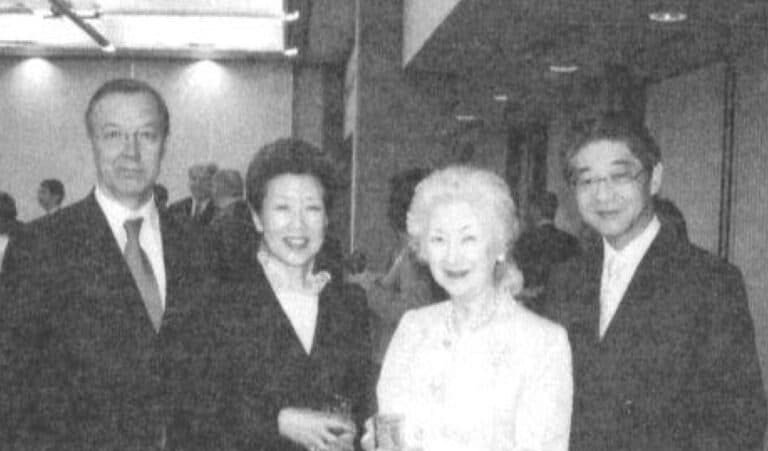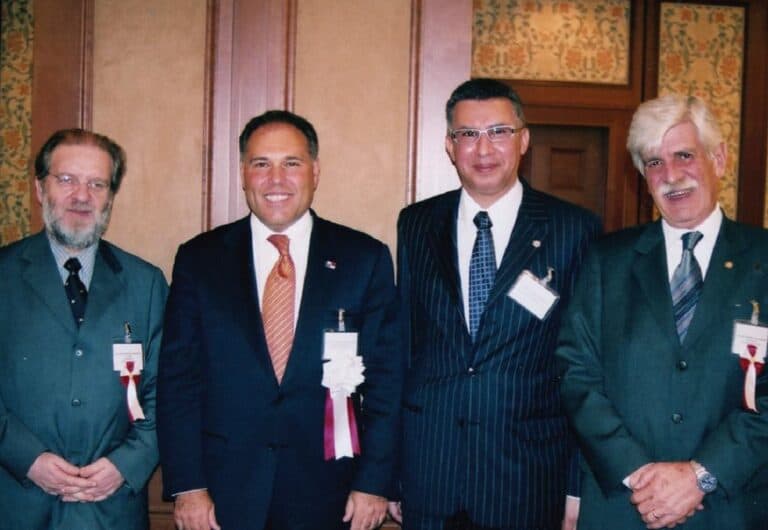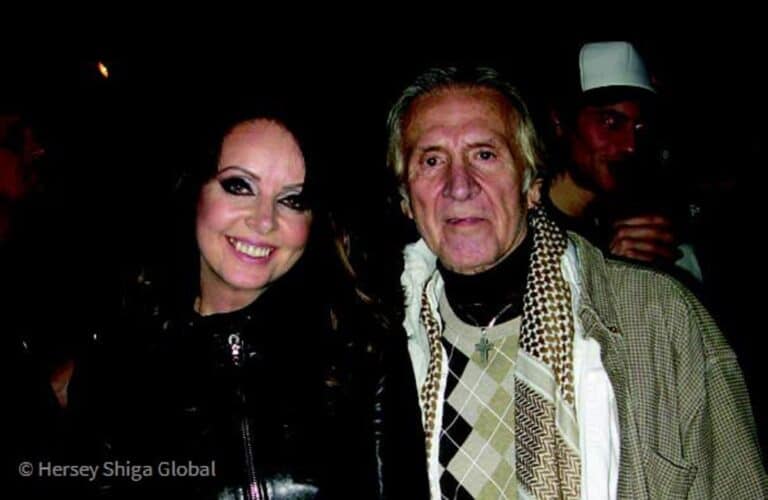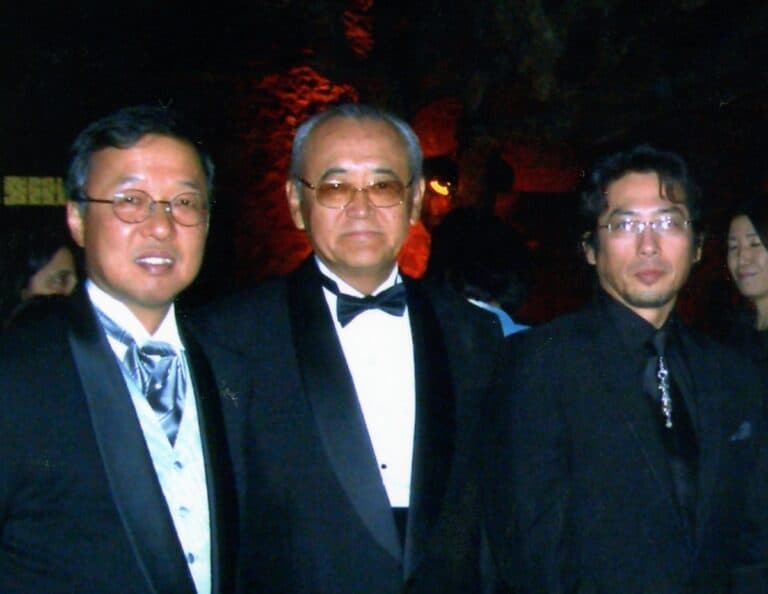Interview with the Mexican Ambassador to Japan, H.E. Ms. Melba Pria
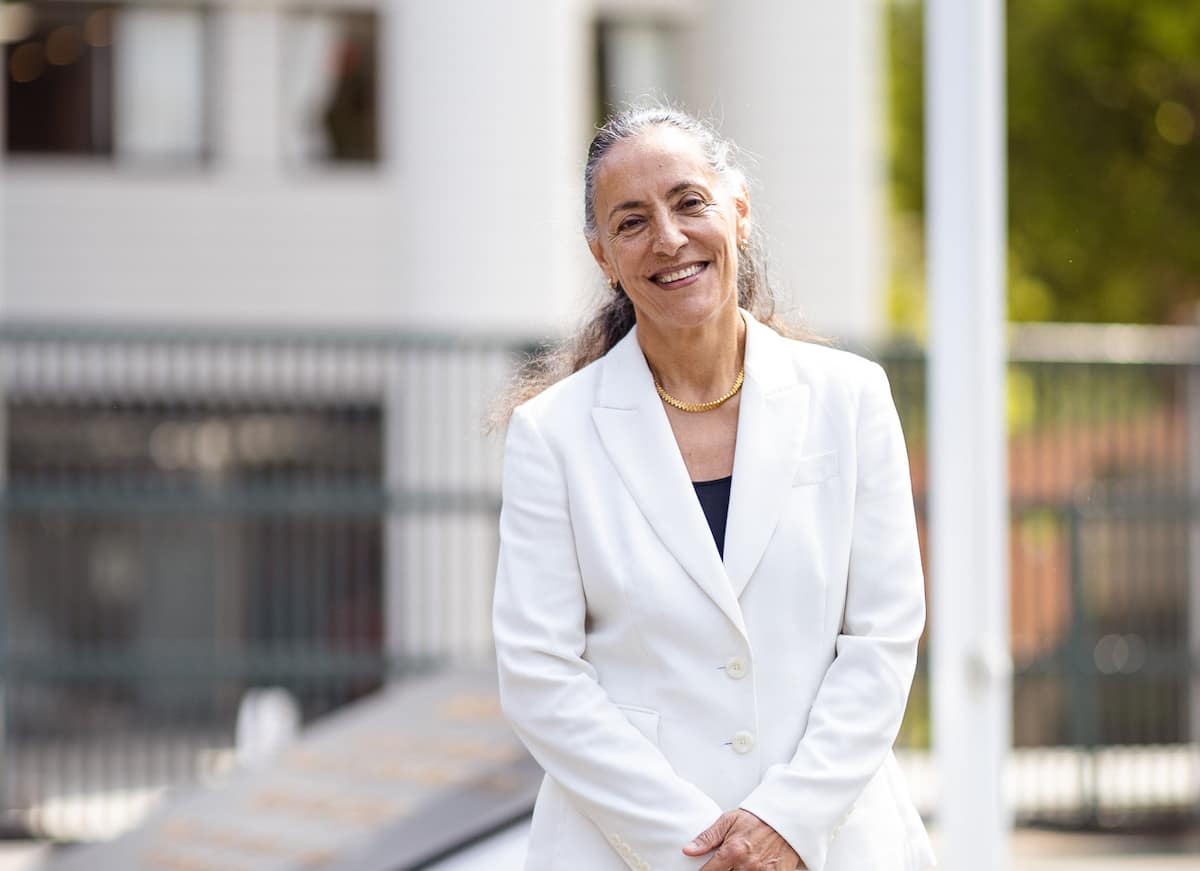
Diplomatic relations between Mexico and Japan have reached an important milestone as both countries celebrate 135th anniversary of Diplomatic Relations.
To mark this occasion, we have the privilege of presenting a short interview with H.E. Ms. Melba Pría to reflect on the history, achievements, and challenges of Mexico-Japan bilateral relations. The interview covers a range of topics including trade, commerce, cultural development, and women’s empowerment, highlighting the potential opportunities for further strengthening the ties between these two nations.
Q:Mexico and Japan celebrate their 135th anniversary of diplomatic relations this year, a momentous occasion. What does that mean to your country, to your embassy, and to you personally being the Ambassador of Mexico to Japan?
Ambassador Pría:Let me tell you that relations between Mexico and Japan are much older than 135 years. Japan 135 years ago is in many ways still the Japan that we know today. Although Japan has changed significantly over the past 135 years, it nonetheless retains a framework that is mostly the same. Mexico is not the country that we were 135 years ago, but we were an independent nation since 1821.
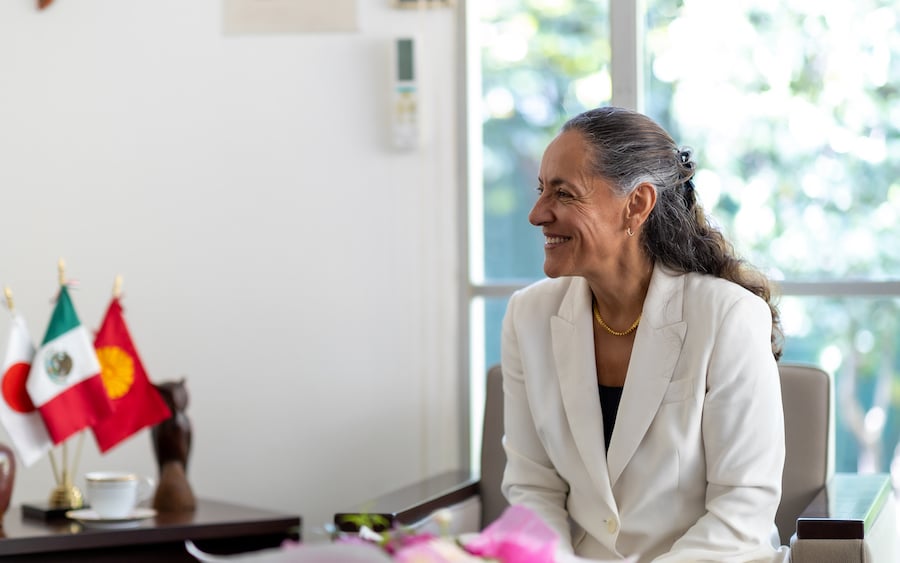
Mexico gained independence from Spain in 1821. But the relations between Mexico and Japan, and the connections that we have, date back more than 400 years.
It’s fascinating to discover that according to historical records, “the first Japanese contact with Europe, they did it through Mexico.” The trade route between Asia and Mexico, particularly involving Japan, has an intriguing history. This relationship harks back to the 16th century when Spanish galleons traversed the Pacific Ocean, establishing a link between Mexico and the Philippines with the ports of China and Japan.
Relations are not linear. It’s not that they start here and keep going for 135 years or 400 years and never change. This is not the case with relations between people, and it doesn’t work with countries because every country has a different moment. We try to do our best to make this chain of connections as rich and strong as we can. When you are an ambassador and you have a big commemoration, it’s your responsibility to make it important, to make it worthwhile, but you are, again, only a part of that chain — you cannot think that you’re the star. The star is the relation between Mexico and Japan. And we are there to make it even stronger, even better, and even closer.

Q:Celebrating 135 years of the diplomatic relationship, are there any special events planned by the embassy in collaboration with the foreign ministry this year?
Ambassador Pría:Indeed, in the whirlwind of events, there’s one that stands out for us. We are honored to present an exhibition titled “Ancient Mexico: Maya, Aztec, and Teotihuacan” at the National Museum of Tokyo. This is one of the largest and most comprehensive exhibitions we’ve ever organized on this scale globally. Hence, it begins on the June 16th in Tokyo before moving to Kyushu in October, and then on to Osaka. And so the importance of these is that you travel around Japan, you have many visitors, but you commemorate something by looking at our history and also by looking forward. We have around 140 artifacts consisting of ceramics, sculpture, jewelry, etc.
Q:Relationships are improving steadily each year, especially in recent times. Even the Japanese Ministry of Foreign Affairs mentioned that the relationship has changed and Mexico has become a primary trading partner for Japan. Could you talk a little bit about the commercial trade and economic connections between Mexico and Japan and how they have intensified over the last three or four years?
Ambassador Pría:Mexico has always been a strategic relation for Japan. We were so strategic that the Japanese built the first ship that went to Europe through Mexico over 400 years ago.
We were so strategic that Japan decided that we were the first country to sign an agreement with Japan that was on equal terms. So the relationship is not something that was built three years ago.The relationship has always been strategic for both of us. We are the biggest trade partner for Japan in Latin America. We signed the economic agreement, and that was very important. But the first manufacturing unit that came from Japan to Mexico was in 1960.
So we’re not having a relationship with Japan as if we were “girlfriend” or “boyfriend.” We have been “married” into this relationship for many more generations than the ones that are sitting around the table here now.
We’re very shortsighted, and we think that these were built in a very short time. You were sitting in a place that was given to Mexico or assigned to Mexico in 1888, when Mexico was the first to sign a Treaty of Friendship, Commerce, and Navigation on equal terms with Japan.
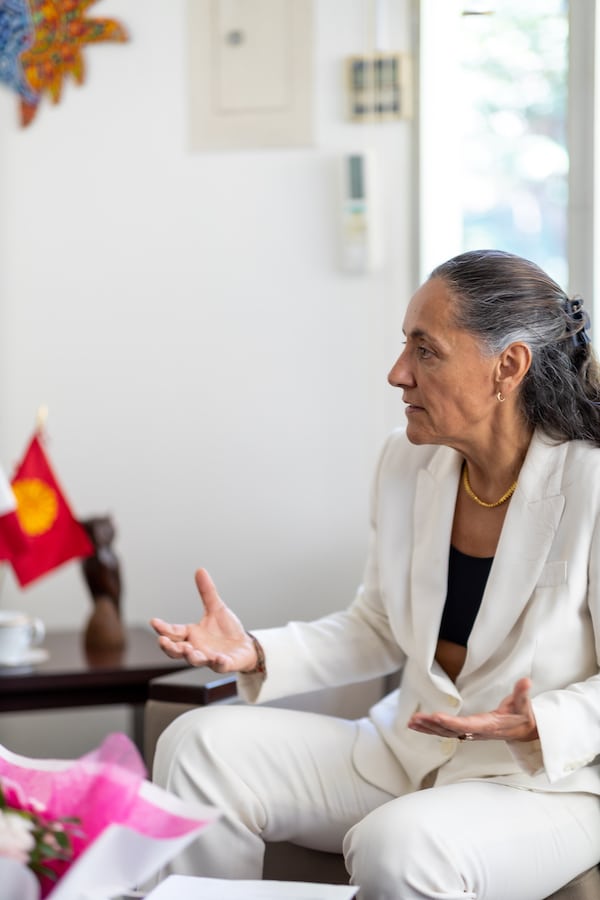
Q:Why do you think Japan signed its first free trade agreement, and what does it mean to have a free trade agreement with Mexico?
Ambassador Pría:As I said, the first manufacturing came to Mexico in 1960. Japan already believed that Mexico was a location they wanted to be in, despite the fact that globalization was not even addressed in any way. Many of the four largest car production facilities outside of Japan are located in Mexico. Furthermore, Japan has benefited from its Mexican industrial facilities as a result of Mexico’s free trade agreements with other countries.
As we are discussing modern trade today, it is crucial to remember that trade and manufacturing have always existed. Moreover, commerce has a variety of elements. Of course, it also has a production component, which in turn has a component for investment.
We are among the top five auto part and auto manufacturer nations worldwide. Because it’s quite uncommon to have both in a single country, that ecology is what draws the Japanese automakers. Even in the agriculture industry, we are the number one exporter to Japan in several categories, according to the Ministry of Agriculture. We are the fourth-largest exporter of beef to Japan.

Q:Japan has very strict import rules when it comes to agricultural products. The standards of quality control in Japan are one of the highest in the world. What makes Mexico’s trade relationship in this sector with Japan so special? What are other areas where you seek further improvement?
Ambassador Pría:I’m going to say something that may not be quite politically acceptable, but it’s true nonetheless because of how unique Japan’s relationship is with the United States. Japan occasionally prioritizes its relationship with the United States over a number of other issues, and the agricultural industry is one of those that touches everyone. Because we’re currently exporting goods to Japan, the country’s rigid market provides us leverage. Japan is the second-biggest market for Mexican agriculture businesses. Obviously, our trade with North America, specifically the U.S. and Canada, is much larger than our trade with Japan.
We have expanded our Mexican flights because we are bringing goods. And because Mexico was always open, all the travelers — including all the Japanese passengers — who could escape Latin America during the coronavirus did so by way of Mexico. Well, I feel that strategy is the crucial term here. The fact that they fly directly from Mexico to Japan is definitely advantageous. Mexico and Japan have a good relationship. It is flourishing, and every year the relationship grows stronger.

Q:You engage in a variety of interesting social activities, interests, and initiatives. Cultural development is an important issue, and in this aspect, Japan could learn from Mexico, especially when it comes to gender equality and women in the workforce. What are your personal impressions after being in Japan for more than three years?
Ambassador Pría:It is a topic dear to my heart, but it’s also a topic that has to do with Mexican policy. We believe that everybody is equal before the law, but we also believe that people should have the same opportunities, and it is astounding to observe how much Japan loses by refusing to consider half of its population when making decisions.
I believe that women are entitled. And when I say women, I also mean that couples have the right to choose which member will stay at home, whether it’s because it will benefit the family temporarily or for other reasons.
And even though women make up half of the population, I dislike referring to women as minorities. We collaborate frequently with Japanese NGOs that promote human rights, including LGBTQ and women’s rights.
As you know, in Mexico, everyone has the right to marriage, procreation, and adoption.
We have also learned a lot in Japan. And we have a special program for geriatrics.
We are learning a lot about how to take care of that aging population because Japan is a very interesting laboratory for what the world will look like in the years to come. I mean, the world is aging. Recently, people around the world have had fewer children, but here in Japan, it’s dramatic.
I speak to Japanese people. They regard children as something very dear to their hearts, but the word “burden” is always associated with them. In Mexico, we never bring up the fact that raising a child can be a financial burden.
We thank Ambassador Pría for this interview.




